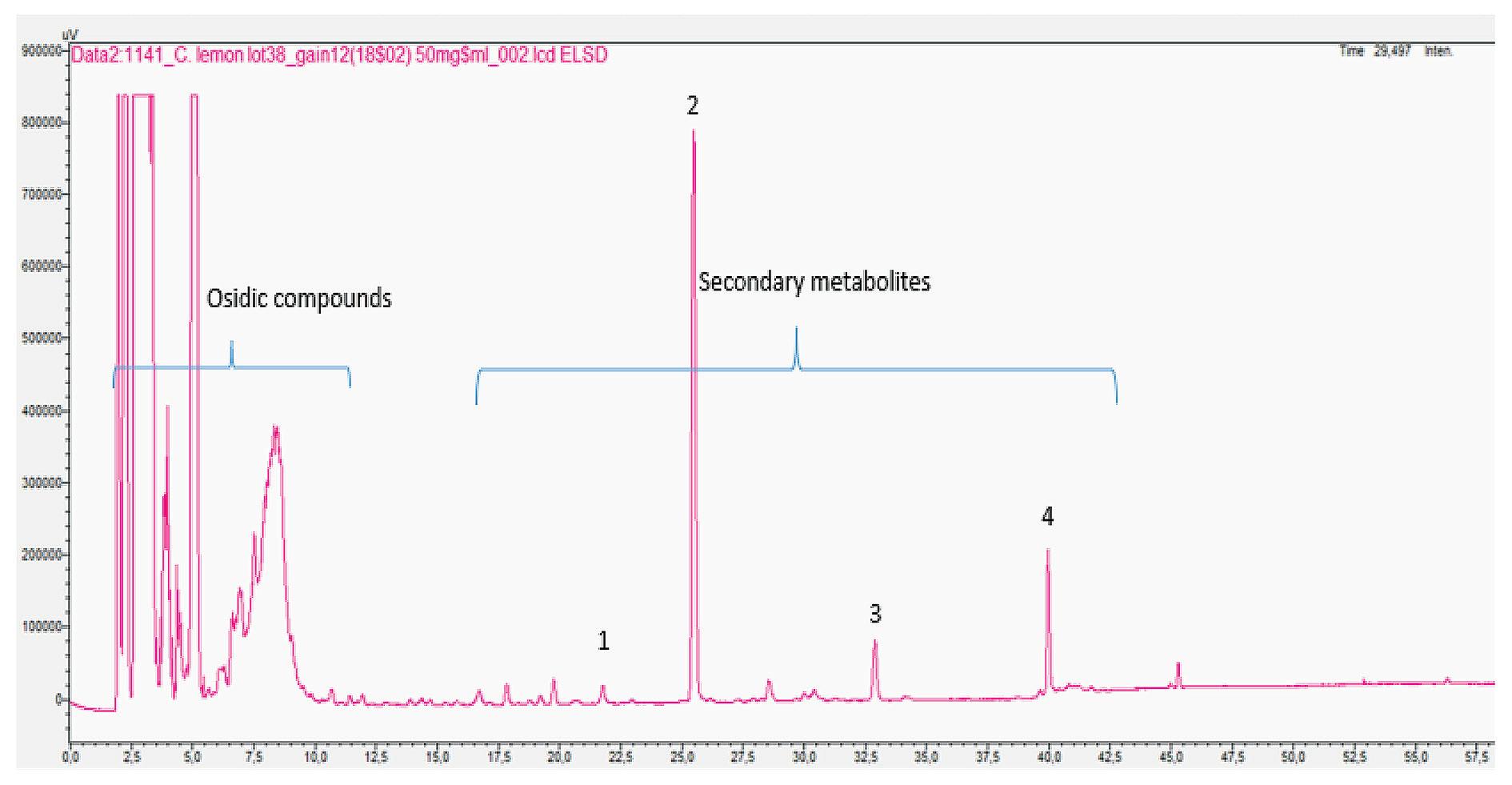17
Sustainable manufacturing of shrimp feed with twin screw extrusion Hadrien Delemazure, Clextral
In the global movement towards sustainable food sources, shrimp farming presents an important opportunity for aquaculture producers. Although the COVID-19 pandemic limited farming and temporarily reduced demand, worldwide consumption of shrimp is projected to reach $7.65 billion by 2023 (Global Shrimp Market 2019-2023). Consumers have come to value this small crustacean’s high nutritional impact and health benefits and are adding it regularly to their diet. Shrimp is a known source of the trace element selenium
with antioxidant attributes that have been linked to increased immunity. Yet, with this market opportunity comes challenges: • How to produce high-quality feed that supports sustainable shrimp health and growth. • How to optimize Feed Conversion Ratios (FCRs) and minimize waste that negatively impacts the environment. • As the industry faces scrutiny about traditional feed ingredients (fishmeal and fish oil), combined
Aquafeed: Advances in Processing & Formulation Vol 13 Issue 2 2021











